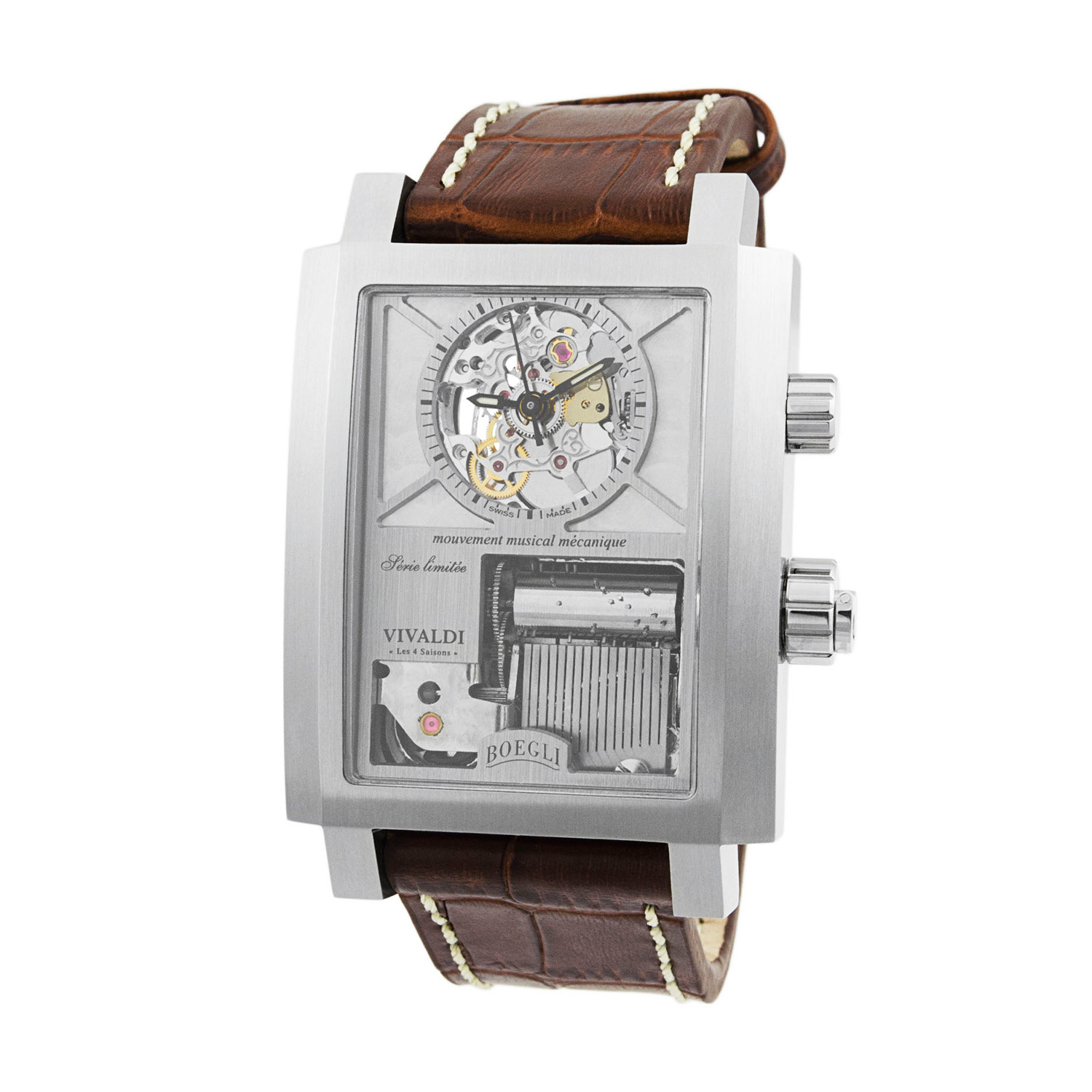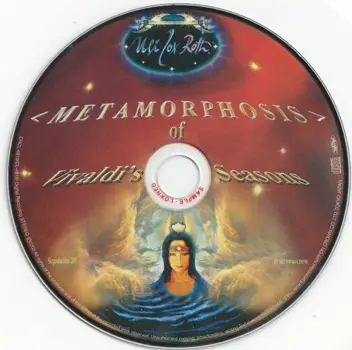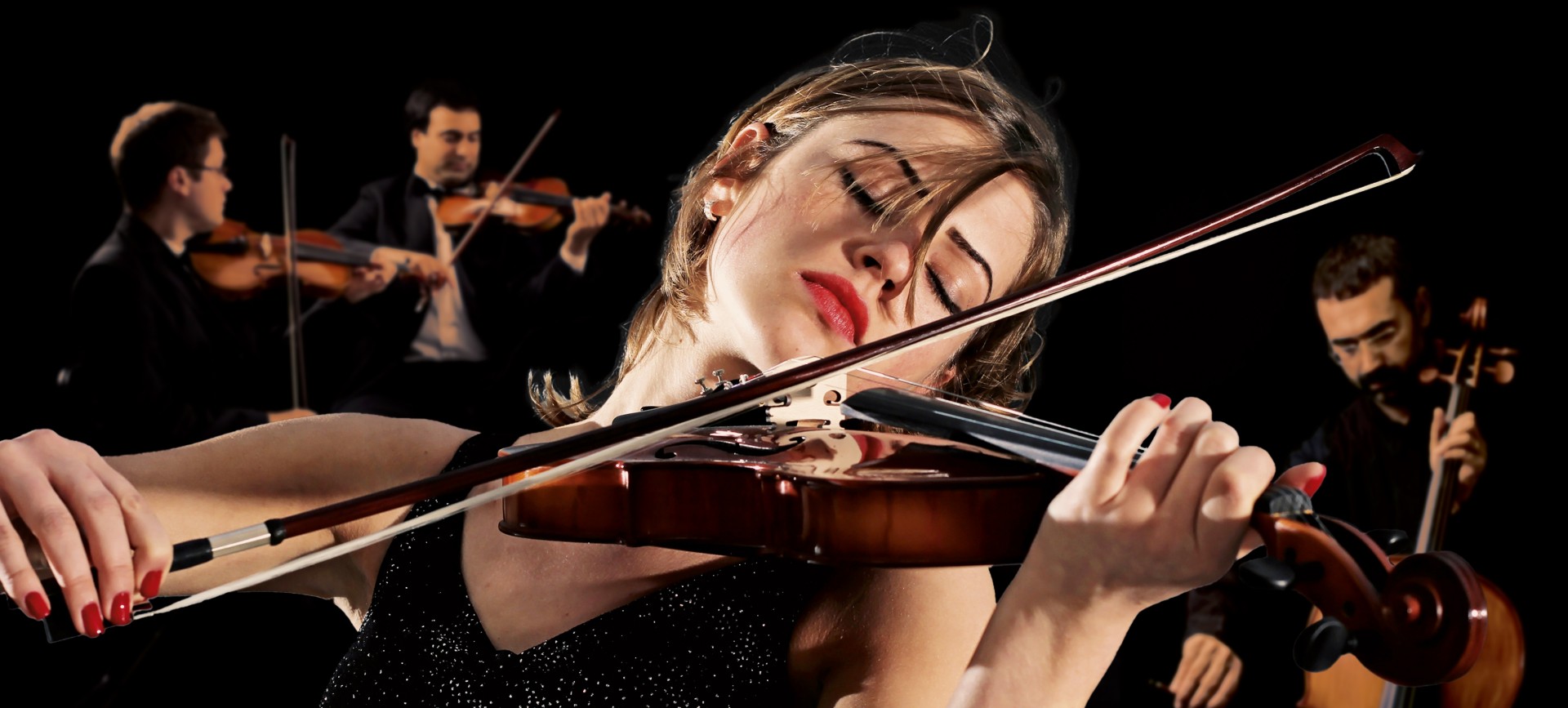Formed in 2009 only as a recording studio project consisting of Lucas Mann, Peter Pawlak and Brent Silletto before acquiring a full line up and record deal with Unique Leader Records in 2011 (granted, this was also the year when the remaining members that were still in high school graduated). Pietro Ottoboni (2 July 1667 – 29 February 1740) was an Italian cardinal and grandnephew of Pope Alexander VIII, who was also born Pietro Ottoboni.He is remembered especially as a great patron of music and art. Vivaldi and Crownjems Persians, Sydney, Australia. Crownjems Persians are breeders of Van and Bi-colour Persians. We would like to show you a description here but the site won’t allow us.

Pietro Ottoboni (2 July 1667 – 29 February 1740) was an Italian cardinal and grandnephew of Pope Alexander VIII, who was also born Pietro Ottoboni. He is remembered especially as a great patron of music and art. Ottoboni was the last person to hold the curial office of Cardinal-nephew, which was abolished by Alexander's successor, Pope Innocent XII, in 1692. Ottoboni 'loved pomp, prodigality, and sensual pleasure, but was in the same time kind, ready to serve and charitable'.[1]
Overview[edit]
Pietro was born in Venice to the noble Ottoboni family, whose most prominent member had been his granduncle Pope Alexander VIII (1689–1691). The family bought their way into Venetian nobility in the 17th century.
He received the clerical tonsure and minor orders on 20 October 1689 and was created cardinal deacon in the consistory of 7 November 1689, receiving the red hat on 14 November. He was superintendent general of the affairs of the Apostolic See and governor of the cities of Fermo and Tivoli, as well as of the territory of Capranica.

He held the office of vice-chancellor of the Holy Roman Church from 14 November 1689 until 29 February 1740. He became cardinal-bishop of Sabina in 1725, cardinal-bishop of Frascati in 1730, cardinal-bishop of Porto and Santa Rufina in 1734, and vice-dean then dean of the Sacred College of Cardinals on 3 September 1738. Ottoboni was also archpriest of the patriarchal Liberian Basilica, secretary of the Roman Inquisition, Archpriest of the patriarchal Lateran Basilica (from 1730), and Grand prior of Ireland.
Patron of the arts[edit]
Ottoboni was one of the great patrons of his generation. He resided in the Palazzo della Cancelleria, where he had begun to construct a theatre in 1689. The favourite of Cardinal Ottoboni, Andrea Adami, a castrato, was appointed master of the papal choir in the Sistine Chapel.[2] Between 1709 and 1710 Filippo Juvarra entered the court and enlarged the theatre. Domenico Paradisi and Angelo de Rossi were responsible for decoration of the palace suites.
Ottoboni supported Arcangelo Corelli, the finest violinist of his generation, at his Monday night concerts called 'academies'. Through these concerts, Corelli was introduced to Handel. When Corelli died in 1713, he left his estate, which included some valuable pictures, to the Cardinal, who distributed the sizable funds among Corelli's relations and erected a princely tomb for the musician in the Pantheon. Other protégés of the cardinal were Alessandro Scarlatti, Antonio Vivaldi and Antonio Caldara. As his father Antonio Ottoboni also did, Pietro Ottoboni wrote texts of cantatas and librettos for oratorios, such as for Scarlatti's La Giuditta of 1693. When opera was banned in Rome, performances withdrew to Ottoboni's Cancelleria. His triumphal return to Venice in 1726 was celebrated with musical festivities that included a serenata Andromeda liberata, with arias contributed by various Venetian masters, including Vivaldi.
The young Sicilian architect Giovanni Battista Vaccarini and painters Sebastiano Conca, Sebastiano Ricci and Francesco Trevisani, a resident of the court for almost four decades, also benefited from his patronage. One of his most important commissions was the Seven Sacraments executed in 1712 by Giuseppe Maria Crespi (now in the Museum of Dresden). In 1735 he donated his Roman sculptures and other antiquities to the Capitoline Museums. The last decade of Ottobini's life was his most active as a patron.
Upon the death of Pope Clement XII on 6 February 1740, Ottoboni was considered papabile, but left the conclave with a fever. He died three days later. His heirs took advantage of the vacant papacy and removed everything portable from the Cancelleria. There is a full description of the cardinal's paintings, which locates them by room. It presents a clear picture of his extensive acquisitions over a period of fifty years. Listed are almost 530 paintings, some inherited from his great-uncle: the most important painters are mentioned above. Others were Benedetto Luti, Guido Reni, Giovanni Batista Gaulli, Tintoretto, Pusini, Giuseppe Chiari, Pietro da Cortona, Francesco Albani, Jacopo Bassano, Giovanni Baglione, Giacinto Brandi, Giuseppe Cesari, and Veronese. In Rome Ottoboni had acquired a taste for Northern European paintings like those by Caspar van Wittel and Gerrit van Honthorst. The Ottoboni possessions were disposed of in four sales, and as a result dispersed throughout the world. Final settlements of all accounts were made in 1752.

According to Charles Montesquieu Pietro Ottoboni had between 60 and 70 children. Portraits of his mistresses as saints, like Margarita Pio Zeno of Savoy (1670-1725), decorated his bedroom.
Debt and dispersal[edit]
Despite his numerous benefices, and his alliance with the French crown, the expenses of the cardinal were perpetually exceeding his income. Upon his death, his estate was subsequently liquidated to settle his debts.
Ottoboni's music library was dispersed after his death, but the so-called 'Manchester Concerto Part-books' have survived with sets of separate parts for 95 compositions, mostly concertos. His manuscript scores came into the possession of Charles Jennens, the librettist for Handel’s Messiah. The diverse contents of the concerto collection suggest that Ottoboni’s musicians acquired and performed music from artistic centres elsewhere (notably Venice and Bologna) as well as works composed in Rome.
Ottoboni was a gifted opera and oratorio librettist and a member of the Academy of Arcadia. Pietro Metastasio, was his godchild.
See also[edit]
- Codices Ottoboniani in the Vatican Library
Notes[edit]
- ^Handel as Orpheus: voice and desire in the chamber cantatas by Ellen T. Harris [1]
- ^Handel as Orpheus: voice and desire in the chamber cantatas by Ellen T. Harris [2]
Sources[edit]
- Cardinal Pietro Ottoboni (1667-1740) And The Vatican Tomb Of Pope Alexander VIII Edward J. Olszewski (2004) DIANE Art & Art Instruction ISBN0-87169-252-X
- The Inventory of Paintings of Cardinal Pietro Ottoboni (1667-1740) Edward J. Olszewski (2004) AUS, Series XX Fine Arts, Vol. 36. ISBN0-8204-6373-6
- Michael Ranft (1769) Leben und Thaten aller in diesem XVIII Jahrhundert gelebten und theils noch lebenden Cardinäle der Römischen Kirche in III Theilen, p. 268-281.
External links[edit]
| Wikimedia Commons has media related to Pietro Ottoboni. |

- Paul, Major, 'Giuseppe Valentini, Sinfonia in D': the Manchester Concerto Part-books
It's winter break. Kids are out of school, businesses close for the remainder of the year and some take vacation time to get some much-needed R&R after a busy year and holiday season. It's the perfect time to binge listen to Classical MPR and watch all those shows you haven't had time to see.
Maybe it was all the excitement in the office about Season 2 or the news about Prince Harry and Meghan Markle's engagement; I began my winter break watching both seasons of The Crown, Netflix's original series about Queen Elizabeth II's reign. Don't worry, this post is spoiler-free. And, yes, I know I am late to the party.
One of the things that immediately grabbed my attention was the soundtrack, particularly the use of classical music. Here's a selection of 10 classical works that brightened the first two seasons of The Crown.
1. Richard Wagner - Tristan und Isolde: Prelude and Liebestod
2. Wolfgang Amadeus Mozart - Requiem
3. Peter Tchaikovsky - The Nutcracker
4. Jacques Offenbach - Orpheus in the Underworld: Overture
5. Henry Purcell - King Arthur: What Power Art Thou
6. Adolphe Adam - Giselle: Apparition de Myrthe et Evocation Magique
Crown Vic Differential Problems
7. Edward Elgar - Pomp and Circumstance: March No. 1
8. Max Richter - Recomposed: Vivaldi's The Four Seasons: Spring
9. Wolfgang Amadeus Mozart - Vesperae Solennes de Confessore: Laudate Dominum
Crown Vic Dirt Track Car
10. Edward Elgar - Pomp and Circumstance: March No. 4

